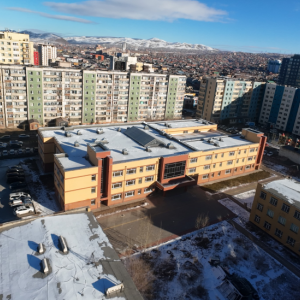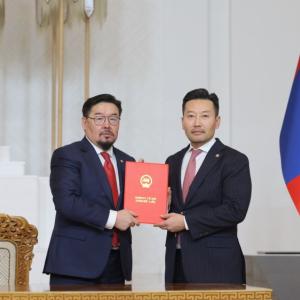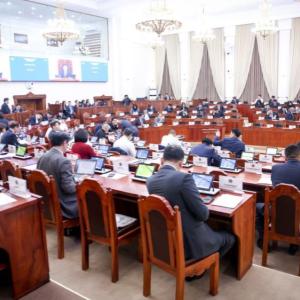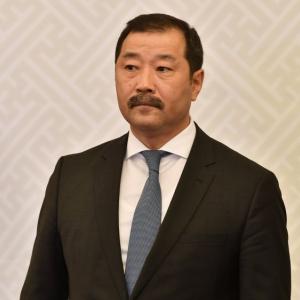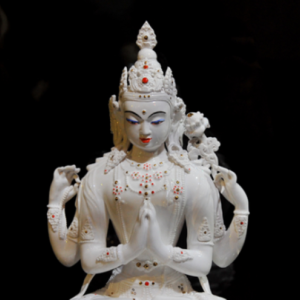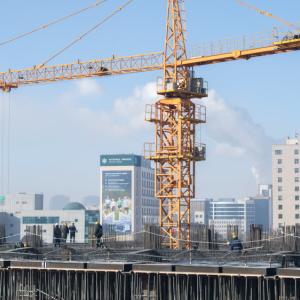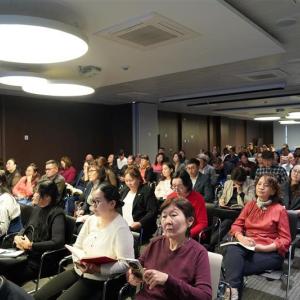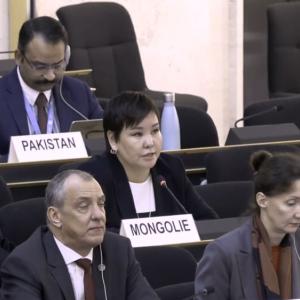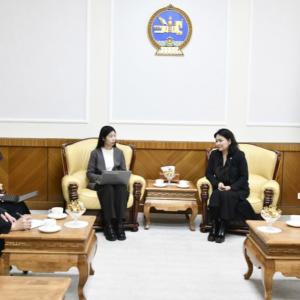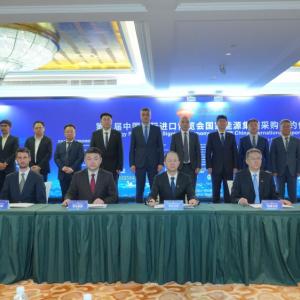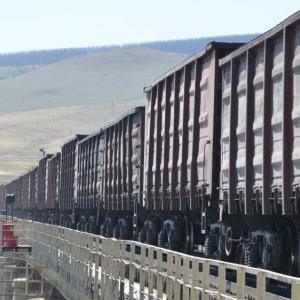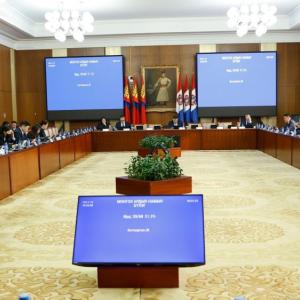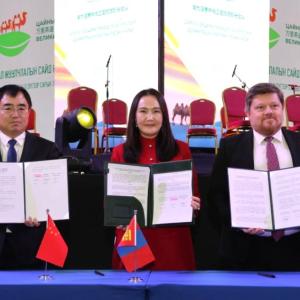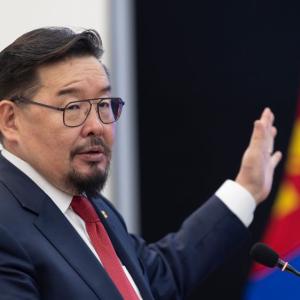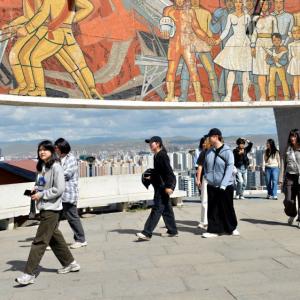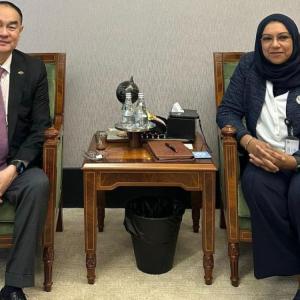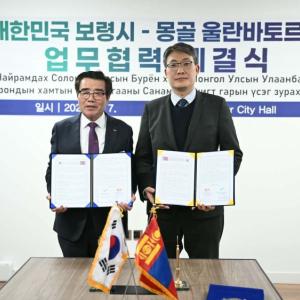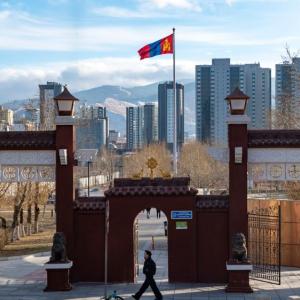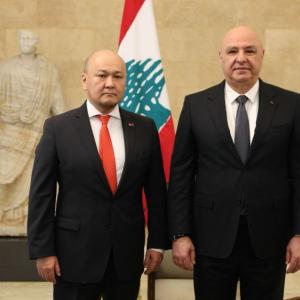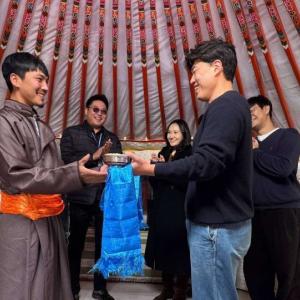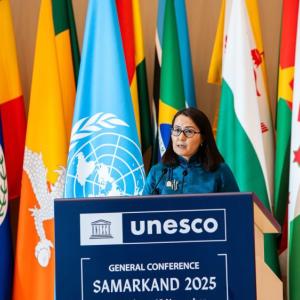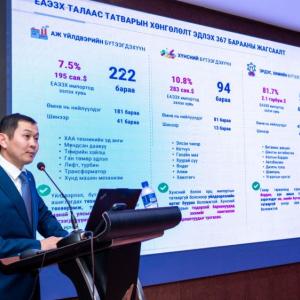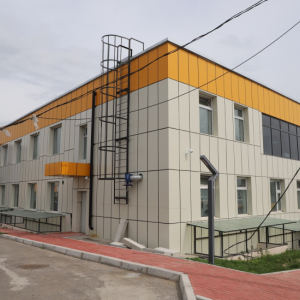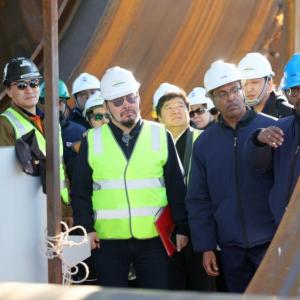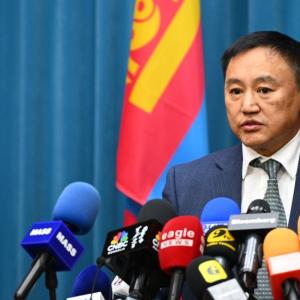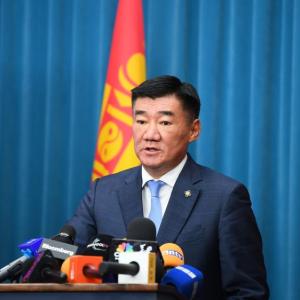History of Ulaanbaatar city
Ulaanbaatar
THE ORIGIN OF
THE CITY
The history of Ulaanbaatar is closely linked to the political situation in Mongolia in the 17th century. At that time, Mongolia was not politically unified and was ruled by many small feudal lords. In terms of foreign policy, the Manchu Dynasty, which bordered Mongolia to the east, pursued an active regional policy and conquered Inner Mongolia in 1636. At this critical time, Tusheet Khan Gombodorj and Setsen Khan Sholoi established Tusheet Khan Gombodorj's five-year-old son, Zanabazar, as the first Bogd Jebtsundamba at Shireet Tsagaan Lake in 1639 to unite the Khalkha Mongols under a religious banner. Researchers believe that the palace built for the first Bogd Jebtsundamba was the origin of Ulaanbaatar. In the beginning, the palace was no different than any other palaces owned by lords during the time. Consisting of a few gers made with felt in which he and his servants lived, suited to the nomadic way of life, the Palace had features of a palace rather than a temple. In 1649-1651, the Under Geghen Zanabazar studied in Tibet, and when he returned to Mongolia in 1651, he established the first seven aimags (monastic departments) at his palace, which later became the origin of the 30 aimags of Ikh Khuree.
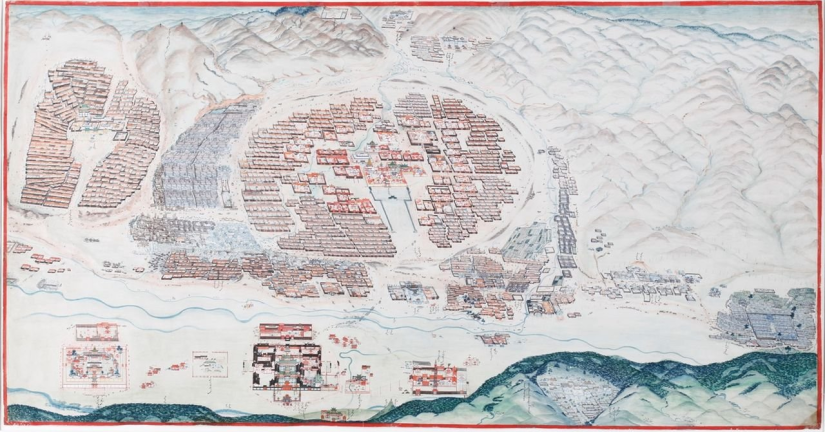
The first
historical site of the
city was located 340 km from modern-day Ulaanbaatar, near the Shireet Tsagaan
Lake in the territory of Burd soum, Uvurkhangai aimag.
However, Ikh Khuree is believed to have been established at Erdene
Tolgoi in modern-day Tuvshruulekh soum, Arkhangai aimag in 1706. Sources such as
Erdeniin Erkh have documented that Ikh Khuree was moved 23
times over the course of 136 years in
1719-1855. More specifically, the city was moved twenty times
before settling in the Altan Tevshiin valley
– at the basins of Tuul and Selbe Rivers between four mountains that were named
Bogdkhan,
Songinokhairkhan, Chingeltei, and Bayanzurkh
in 1778.
NAME OF THE
CITY
The name of the
capital of Mongolia has been changed five times. In 1639, the
city was named Urguu, Nomiin
Khuree in 1651, Ikh Khuree in 1706, Niislel Khuree in 1912, and Ulaanbaatar
since 1924.
Urgoo ("Palace")
/1639-1651/
Urgoo was the religious center of Mongolia,
the political center of Khalkh Mongolia, and an important center for foreign and
domestic trade. In other words, Urguu had
entered a new
stage of development to transform
into a real city.
Nomiin Khuree /1651-1706/
The city of Urgoo was renamed as Nomiin Khuree.
Ikh Khuree
/1706-1911/
The main
feature of this period was the settlement of Ikh Khuree and its development as a city. It is said that Ikh Khuree began
to settle in 1706-1911 after arriving in the Selbe River valley in which now Ulaanbaatar is located. Mongolian
artisans skillfully developed their national architecture, especially utilizing the traditional
craftsmanship of making gers, in the construction of temples, alongside using architectural
techniques used in China and Tibet at the time. In the 19th
century, Ikh Khuree became not only a religious center, but also an important
political, administrative, and cultural center, a major hub for trade and
communication of Mongolia. It is estimated that the total population of Ikh Khuree at that
time was about 15-20 thousand. Gandantegchinlen Monastery, Zuun Khuree, Baruun
Damnuurchin, Maimaa city, the Ministry of Consular Affairs, and Dambadarjaa
were located in the city of Ikh Khuree.
Niislel Khuree
/1912-1921/
The period of
Niislel Khuree is often
referred as the period when
the city began to be established as the capital of Mongolia.
Ulaanbaatar
city /since 1924/
On October 29, 1924, it was decided to re-legislate the current capital city as
the capital city of
Mongolia, and change the
city’s name to
Ulaanbaatar.
CAPITAL
CITY TRAINING, RESEARCH AND PUBLIC RELATIONS AGENCY
 Ulaanbaatar
Ulaanbaatar








